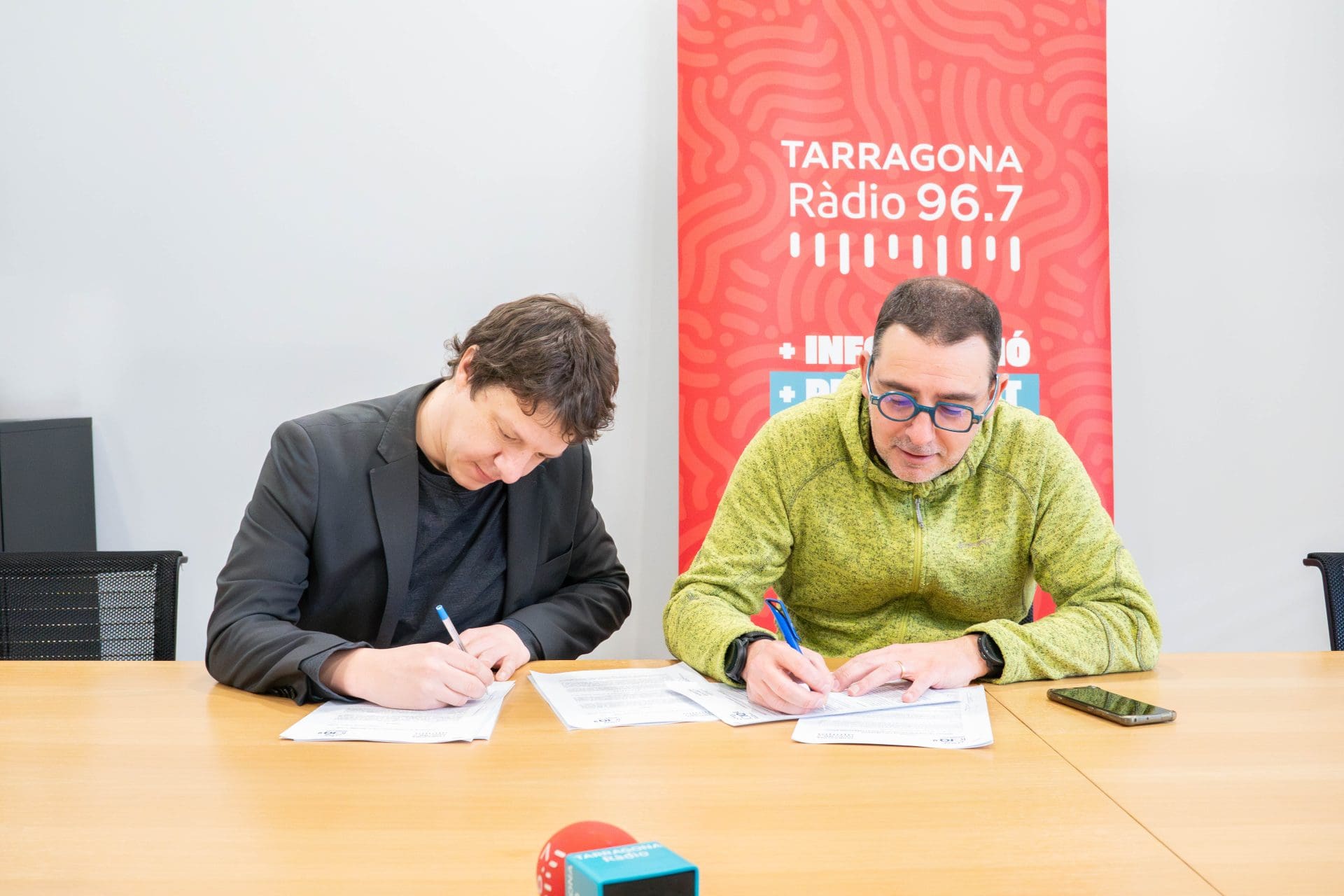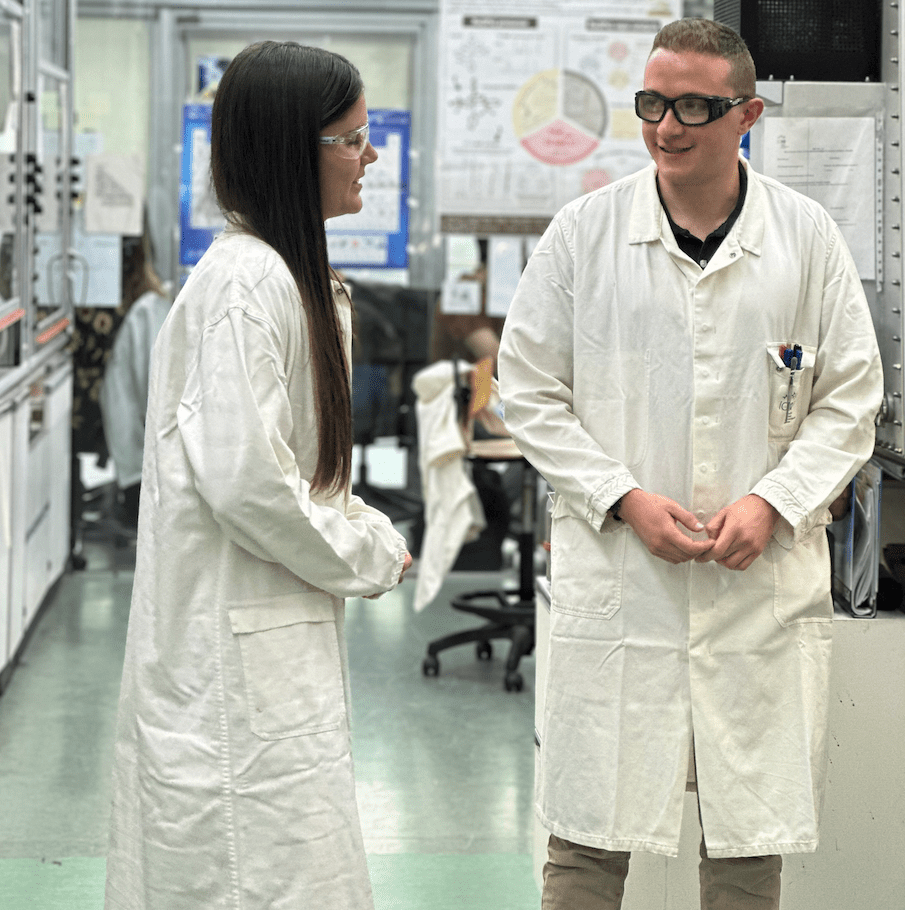Controversy over molecularity of catalysts solved
7th January 2019 – Collaborative research between the Institute of Chemical Research of Catalonia (ICIQ) Lloret-Fillol group and the Costas group from the Institute of Computational Chemistry and Catalysis (IQCC) of the University of Girona, has shed light on a long controversy over the molecular nature of the catalysts involved in water oxidation. Water oxidation is the conversion of water into oxygen, protons, and electrons, and can be considered as one of the most important reactions on earth since triggers natural photosynthesis – the reaction where plants take CO2, water and sunlight and transform them into sugars and oxygen – and thus, sustains life on earth.
The paper, published in the Journal of the American Chemical Society, provides solid evidence for the molecularity of water oxidation active species. “This work provides the strongest case possible for the real nature of active species in water oxidation, validates the reaction mechanism, and will hopefully serve as inspiration for other studies and catalysts design,” explains co-author Julio Lloret-Fillol, ICIQ group leader and ICREA research professor.
Playing hard to figure out
The harsh conditions under which water oxidation occurs, make certain catalysts decay, creating metal oxides that will, in turn, work as material catalysts, in parallel with the molecular one. This parallel activity makes it very difficult to elucidate which of the active species is the one responsible for the catalytic activity – if not both.
In order to pinpoint the nature of the catalyst, the researchers have studied the weak point of their previously developed iron catalyst (Fe(OTf)2(mcp)), which presents one of the highest catalytic activities for water oxidation for molecular catalysts based on earth-abundant elements.
To this end, the researchers swapped the hydrogen atoms located in the weakest point of the catalysts for the simplest replacement possible: deuterium atoms – a different form of a hydrogen atom that contains a neutron, while regular hydrogen doesn’t. This modification protected the decay initiation site, effectively stopping the decay of the catalyst. What is more, when comparing reaction rates for the deuterium and the hydrogen catalytic analogues, both had the same initial reaction rate. “This provides the strongest evidence of the molecularity of the active species reported in the literature so far”, claims Carla Casadevall, PhD student in the Lloret-Fillol group.
This new understanding of the catalysts’ role and the reaction mechanisms will allow scientists to modify and create more robust catalysts for water oxidation. Besides, it establishes methodologies for addressing the question of the potential molecular nature of catalysts, irrespective of the metal. “It is quite fascinating to observe that the same catalysts that can cleave the O-O bond in a controlled manner, a notoriously delicate reaction, can also form the same bond under different reaction conditions. Considering the amazing competence exhibited by high valent iron-oxos to oxidize water, and the biological availability of this metal, one wonders why is not used by nature for this purpose” concludes Costas from the UdG.
Related news

Let's create a brighter future
Join our team to work with renowned researchers, tackle groundbreaking
projects and contribute to meaningful scientific advancements







 16-04-2025
16-04-2025 



















